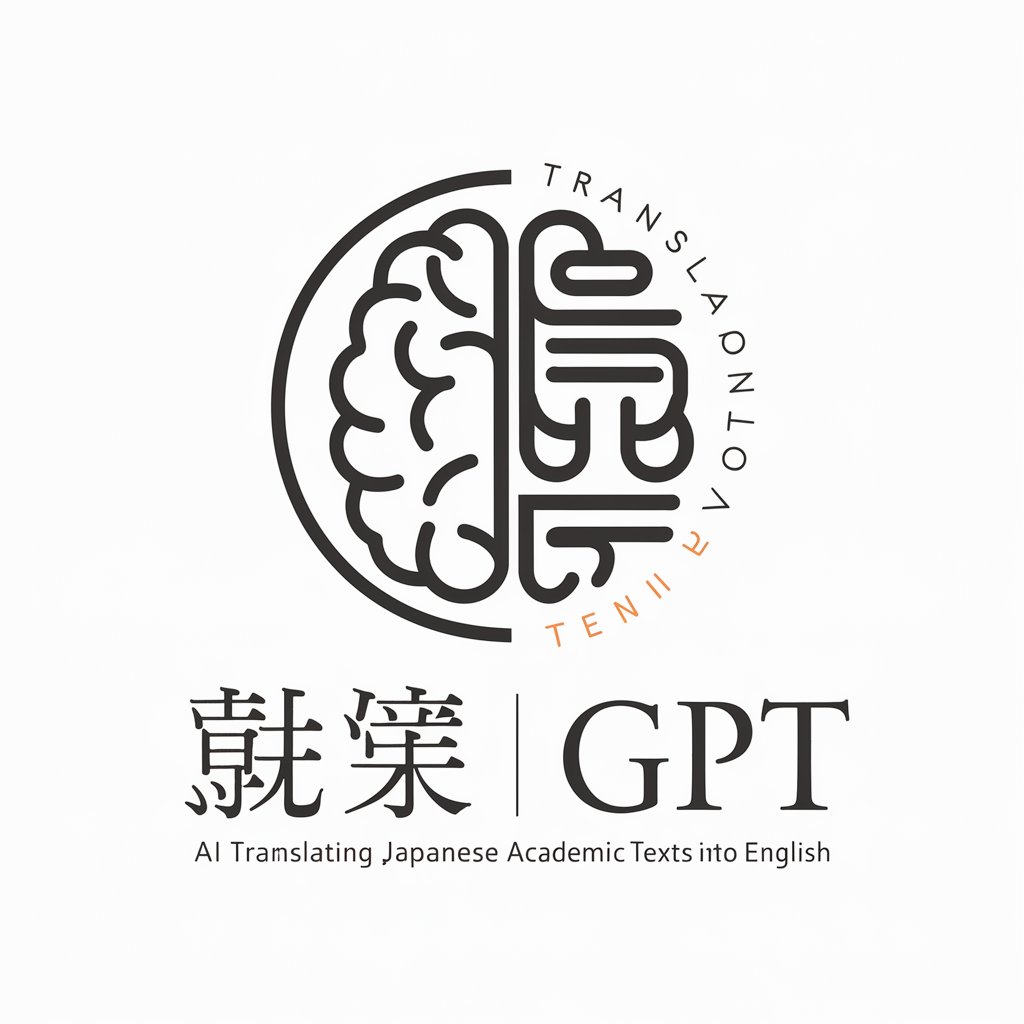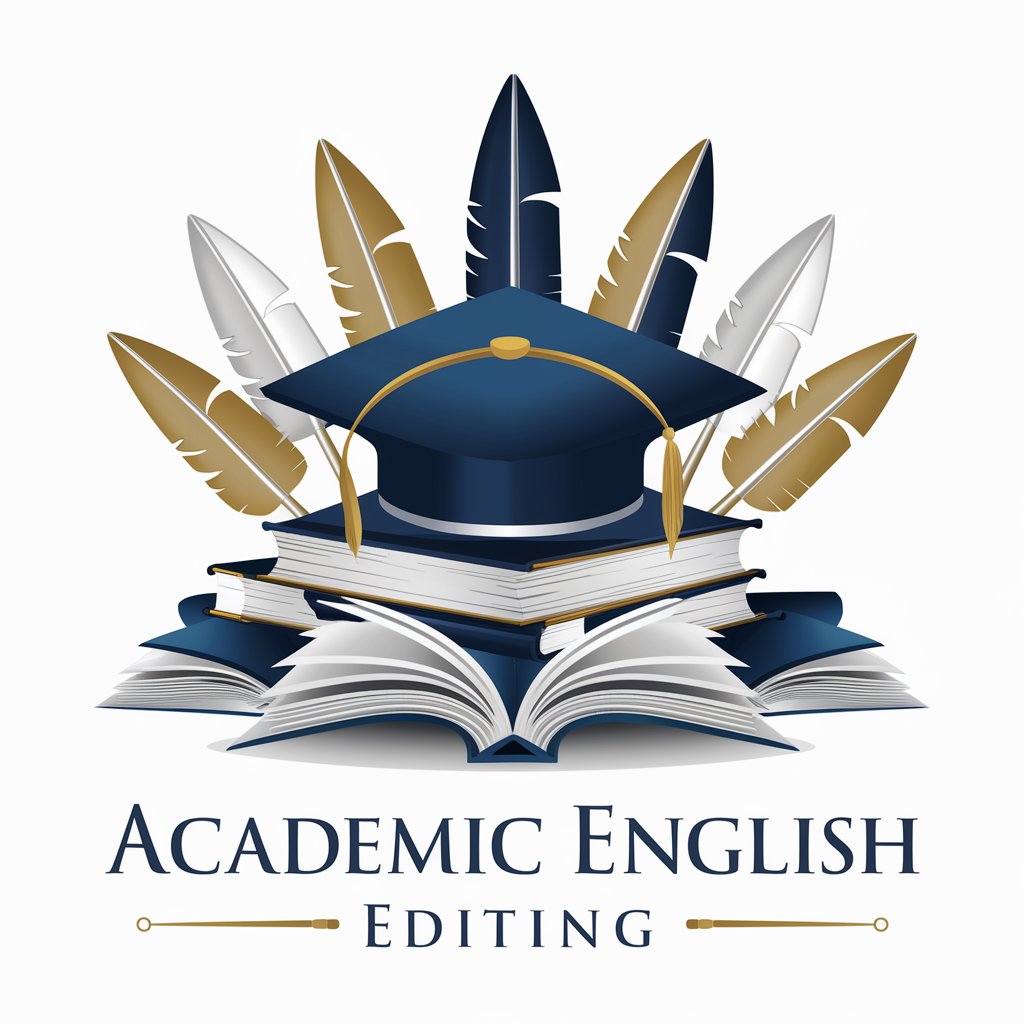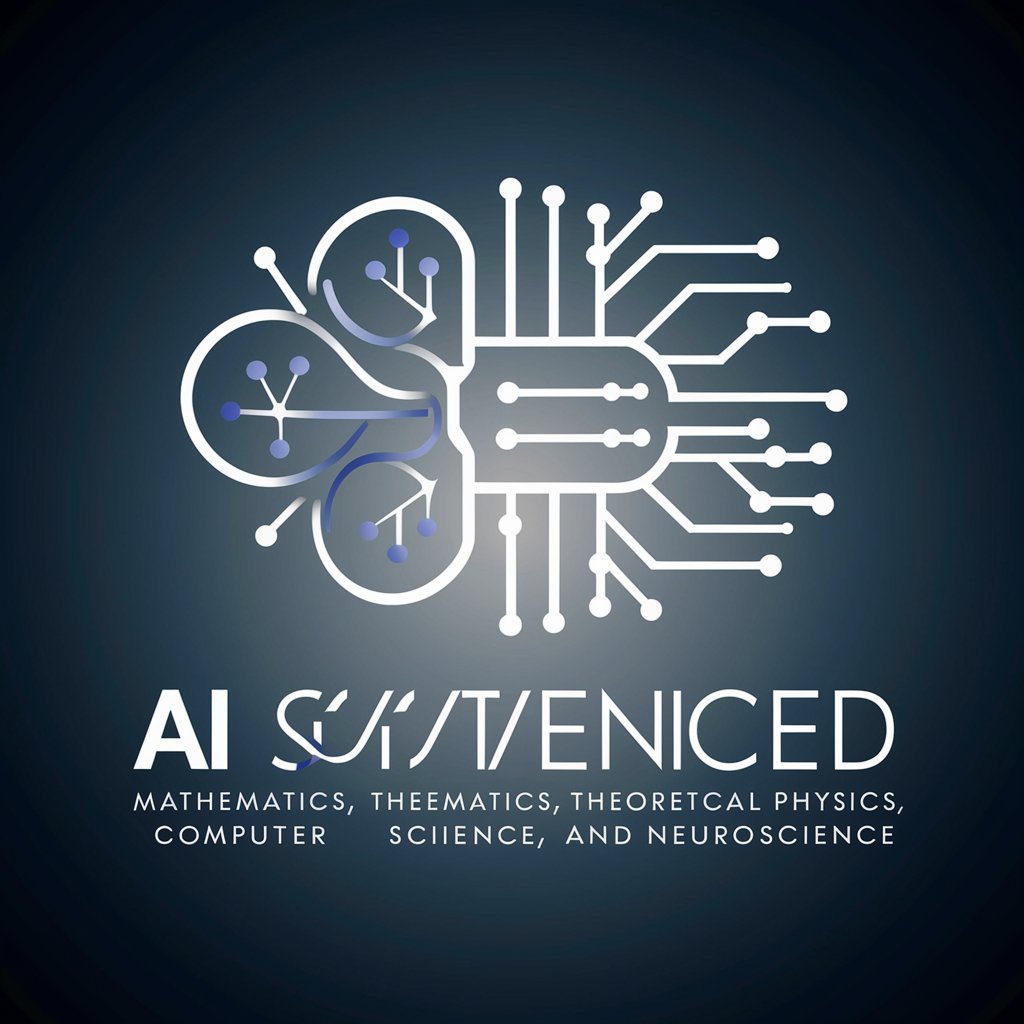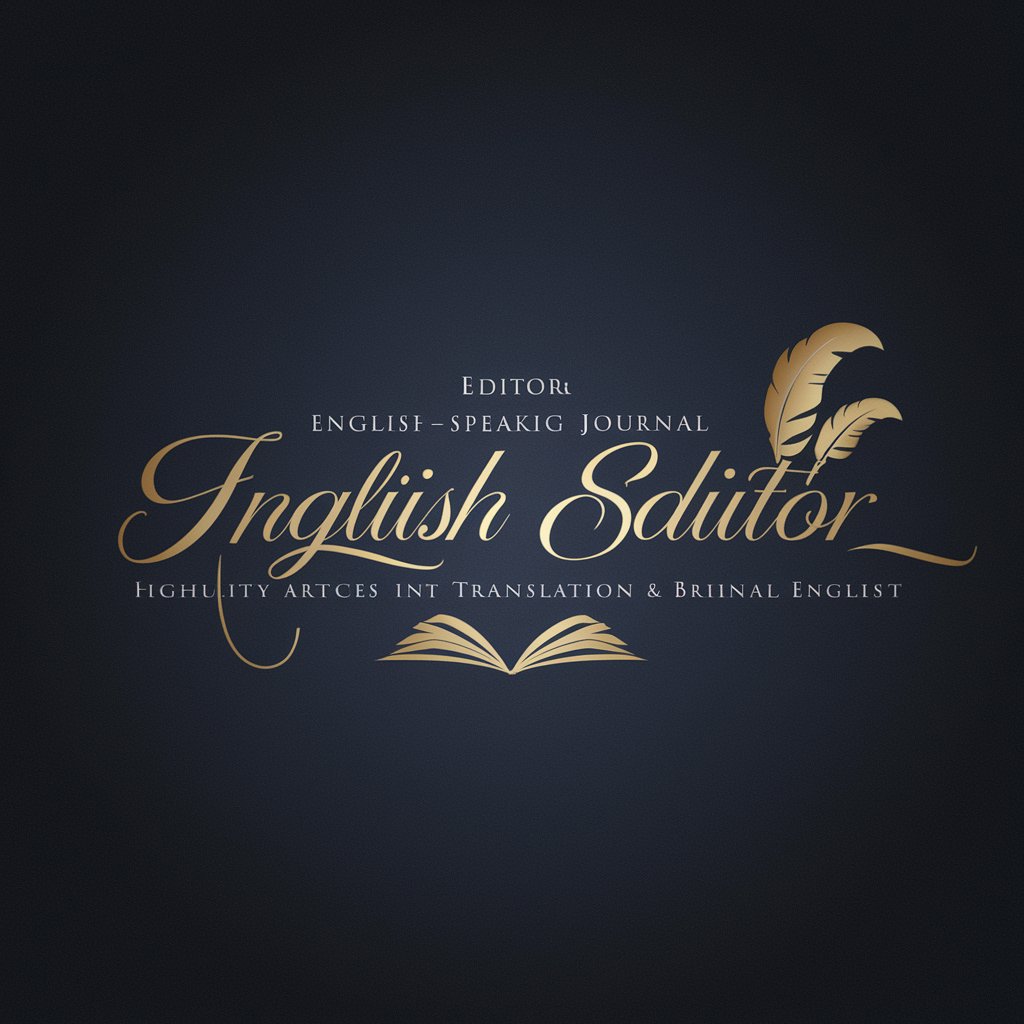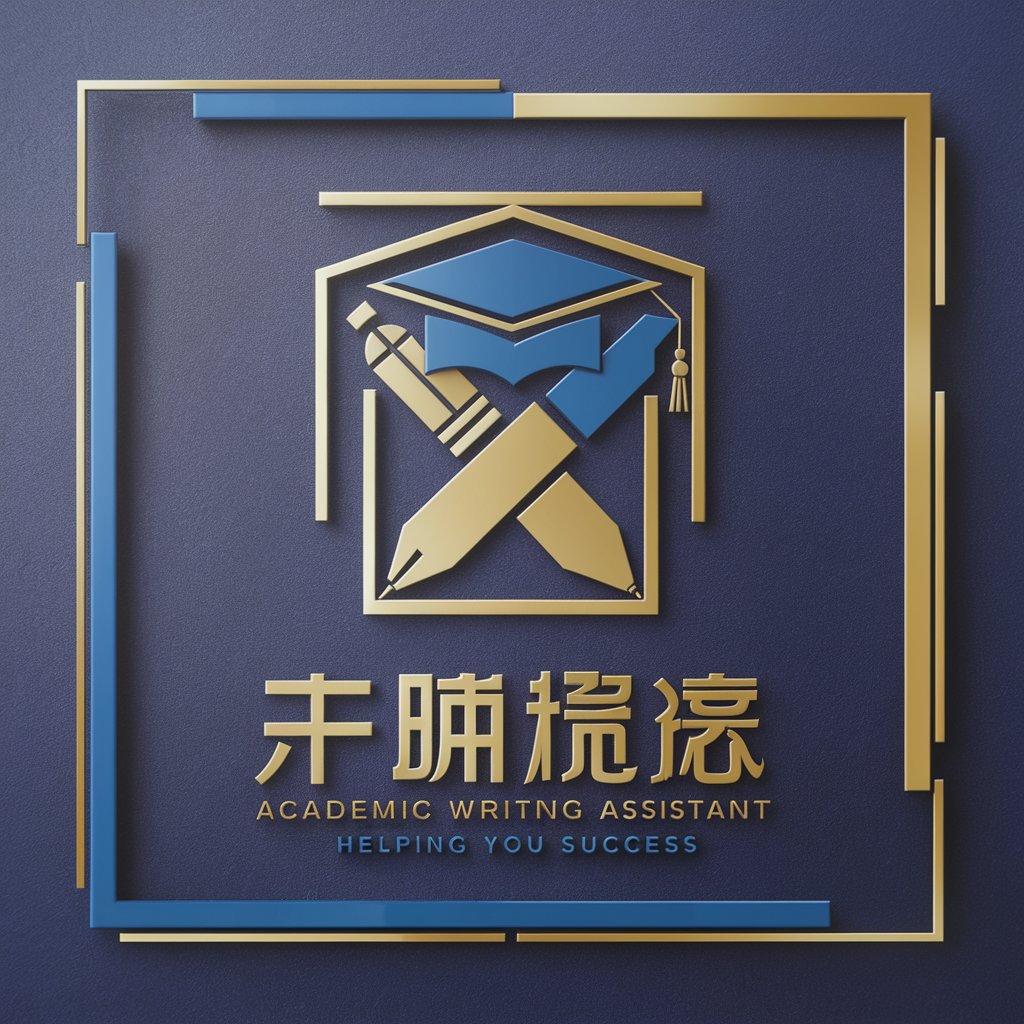
Translate Chinese to Academic English 科研论文中翻英 - Academic Translation Tool
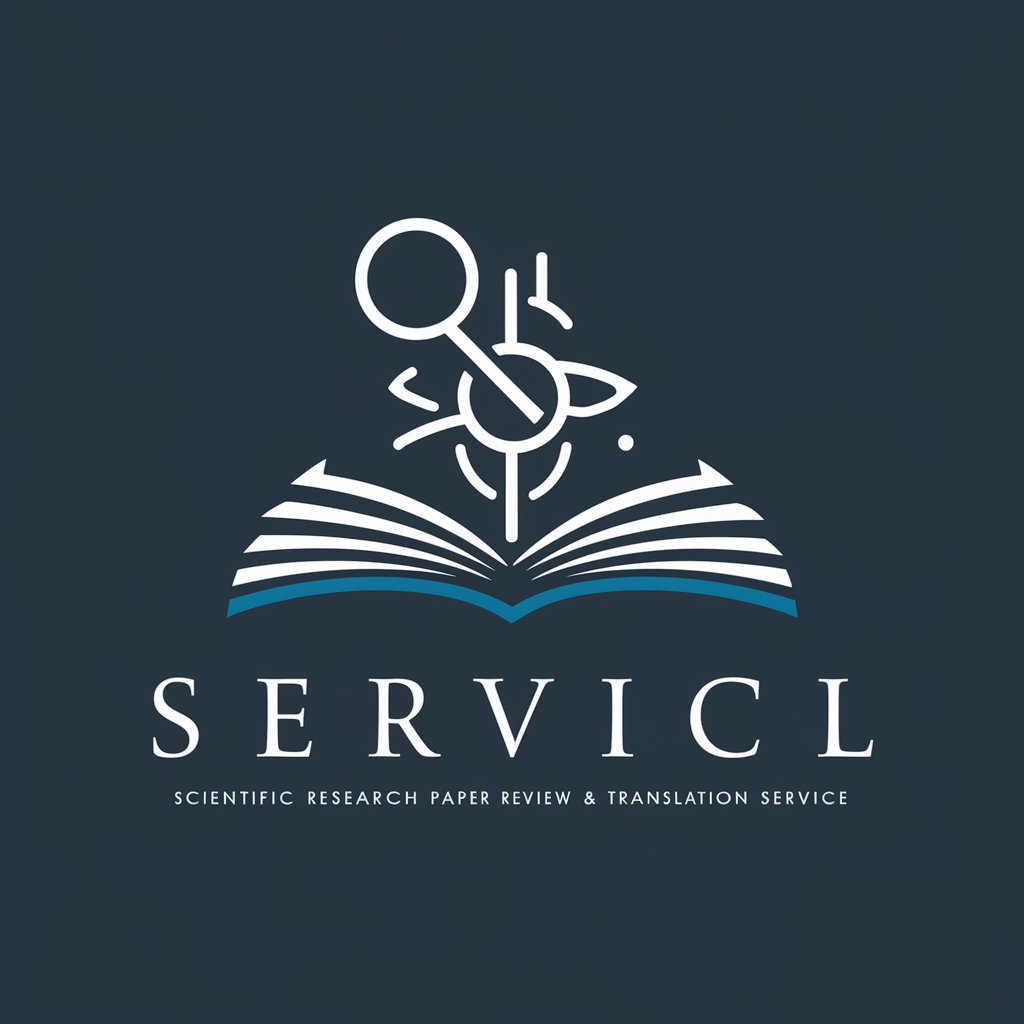
Welcome to precise and academic Chinese to English translations.
AI-powered precision in academic translation.
Translate the following Chinese scientific abstract into high-quality academic English:
Rewrite this scientific research paper introduction from Chinese to English, ensuring clarity and academic tone:
Convert the provided Chinese research findings into a well-structured and formal English format:
Render this Chinese scientific manuscript into fluent and precise English suitable for publication:
Get Embed Code
Introduction to Translate Chinese to Academic English 科研论文中翻英
Translate Chinese to Academic English 科研论文中翻英 is a specialized service designed to accurately and academically translate Chinese scientific research papers into English. It aims to maintain the original content's integrity while ensuring the translation is consistent with the conventions of English academic writing. This service is particularly useful in the context of global scientific communication, where the precise conveyance of research findings and methodologies in English can significantly impact their reach and recognition. An example scenario where this service proves invaluable is in the submission of a Chinese research team's paper to an international journal, requiring a translation that not only accurately reflects the original findings but also adheres to the journal's rigorous academic standards. Powered by ChatGPT-4o。

Main Functions of Translate Chinese to Academic English 科研论文中翻英
Direct Translation
Example
Translating the abstract, methodology, results, and discussion sections of a paper from Chinese to English, maintaining the original formatting and scientific terminology.
Scenario
A Chinese research team has conducted a study on renewable energy sources and wishes to share their findings with the global scientific community through an English-language journal.
Identification and Correction of Translation Issues
Example
Identifying and correcting non-native English expressions, awkward phrasing, and ambiguous terms to ensure clarity and readability.
Scenario
A Chinese-authored paper on quantum computing requires translation refinement to meet the publication standards of an esteemed international scientific journal.
Adaptation to Academic Writing Conventions
Example
Reinterpreting the translated content to align with English scientific research paper conventions, including the use of passive voice, precise terminology, and structured argumentation.
Scenario
A Chinese environmental science paper needs adaptation for submission to a conference, requiring meticulous adjustment to its English translation to resonate with an international audience.
Ideal Users of Translate Chinese to Academic English 科研论文中翻英 Services
Research Scientists and Academics
Chinese-speaking researchers and academics aiming to publish their work in English-speaking academic forums, journals, or conferences, who require accurate and professionally translated manuscripts that meet international publication standards.
Scientific Institutions and Universities
Educational and research institutions in China looking to enhance their international presence by publishing their faculty's research findings in prestigious English-language journals and books, necessitating high-quality translation services.
Graduate and PhD Students
Students pursuing advanced degrees in scientific fields who need to submit their theses or dissertations in English to fulfill graduation requirements or to publish their work, benefiting from precise translation to articulate their research effectively.

How to Use Translate Chinese to Academic English 科研论文中翻英
1
Access the service at yeschat.ai for an immediate trial without the necessity of signing up or subscribing to ChatGPT Plus.
2
Prepare your Chinese text intended for academic translation. Ensure it is related to your research or academic work for optimal relevance.
3
Paste the Chinese text into the designated translation box. The tool is designed to handle academic and scientific terminology with precision.
4
Review the initial translation and identify any sections that may require further clarification or adjustment to suit your needs.
5
Utilize the feedback mechanism to refine the translation. This step is crucial for tailoring the output to meet the specific requirements of your research paper.
Try other advanced and practical GPTs
Santa’s gift
Spreading joy, one day at a time.

自动题库生成器
AI-powered question bank generator

Caption Generator
Craft Captivating Captions with AI

Ins tagram Hashtag Generator
Elevate Your Posts with AI-Crafted Hashtags

Hashtag Generator
Crafting impactful hashtags with AI

Slogan Generator
Craft Your Message, Power Your Brand

AI算命Plus
Discover Your Destiny with AI

何でもほめてくれるお姉さん
Your AI-powered cheering squad

年末調整ナビゲーター
Simplify Your Tax Adjustment, AI-Powered

Gaming Startup Collective - Archives
Unlock AI-powered insights for gaming startups

Robot to Natural
Simplifying Technical Texts with AI
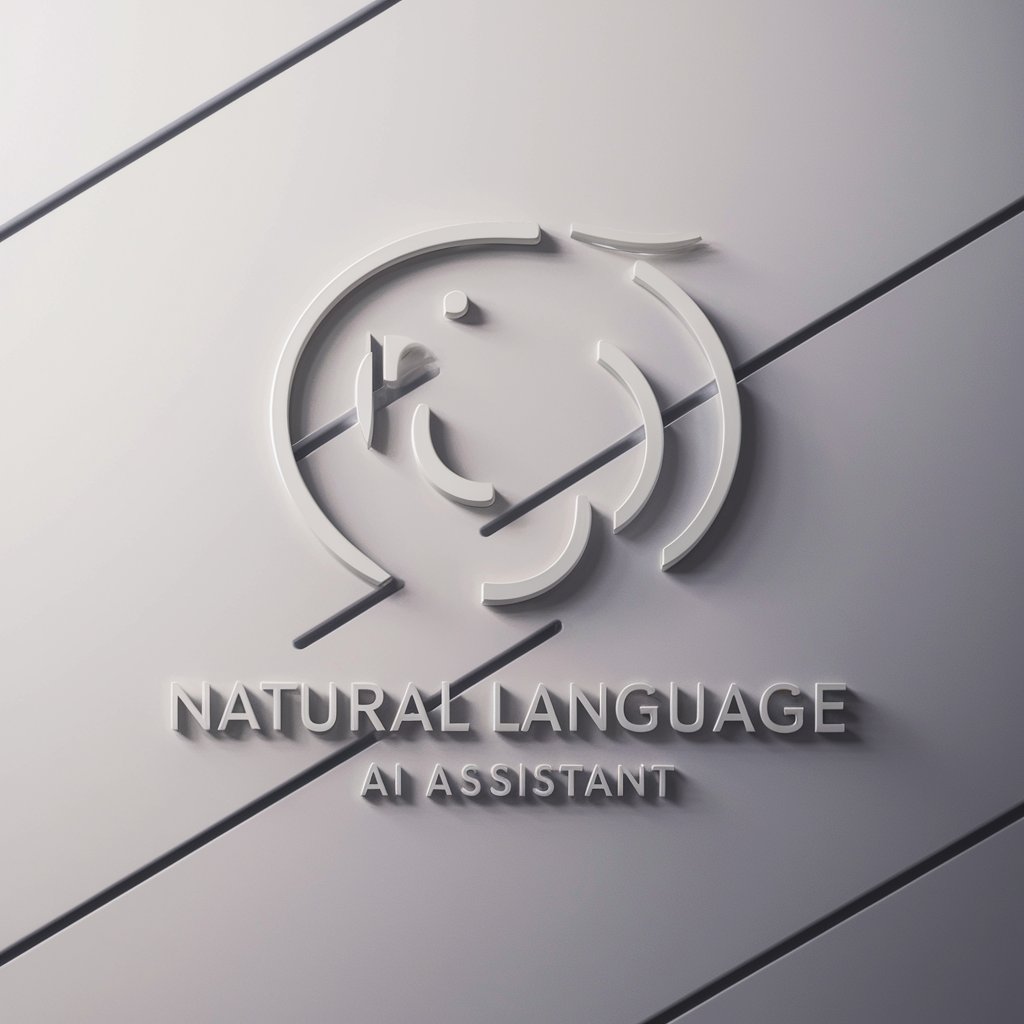
AI Pentest Advisor
Empowering Web Security with AI

FAQs on Translate Chinese to Academic English 科研论文中翻英
What makes this tool unique compared to standard translation services?
This tool specializes in translating Chinese academic and scientific texts into English, focusing on maintaining the original meaning while ensuring the output adheres to the conventions of English academic writing.
Can it translate texts with specialized scientific terminology?
Yes, it is equipped to handle complex and specialized scientific terminology, translating it accurately into English while preserving the context and meaning of the original text.
How does this tool ensure translation quality?
It employs advanced AI algorithms trained on a vast corpus of academic literature to recognize and translate technical terms accurately, and offers a feedback mechanism for continuous improvement.
Is there a limit to the amount of text I can translate?
While there may be practical limits for each translation session to ensure quality and performance, users are encouraged to divide longer texts into manageable segments for translation.
How can I optimize my text for better translation results?
Ensure clarity and precision in the original Chinese text, avoid idiomatic expressions that may not translate directly, and provide context where necessary to facilitate accurate translation of specialized terms.

